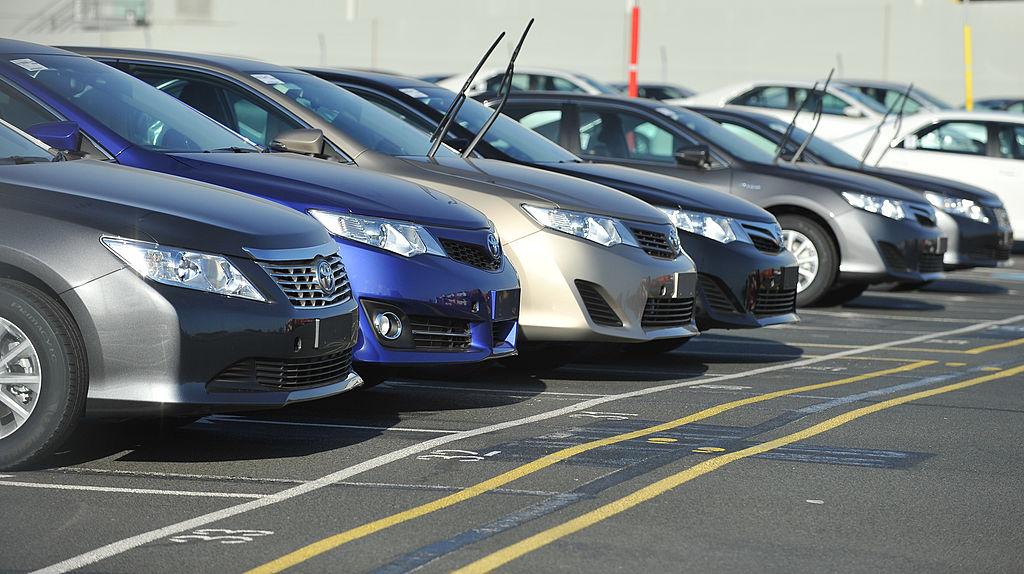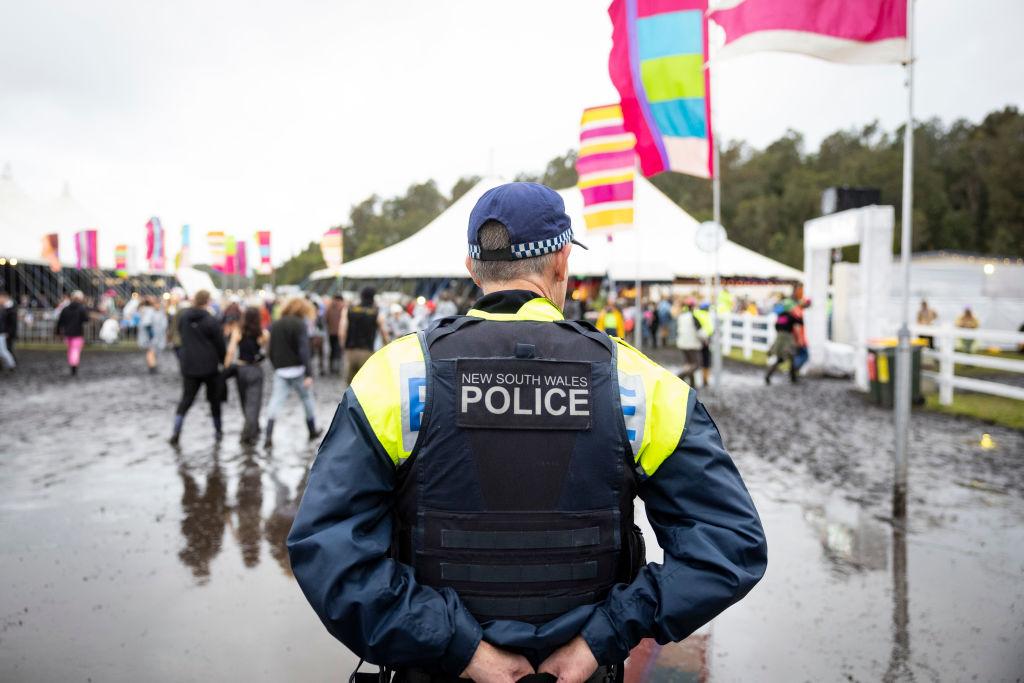Australians pay 47 percent more than they did five years ago for car insurance, surging to an average cost of $1,472 (US$930) per year, or $123 monthly, according to a new car insurance report.
Financial comparison website Mozo released the report on Sept. 28 titled “Pedal to the Metal,” which showed a 24 percent increase in premiums in 12 months.





